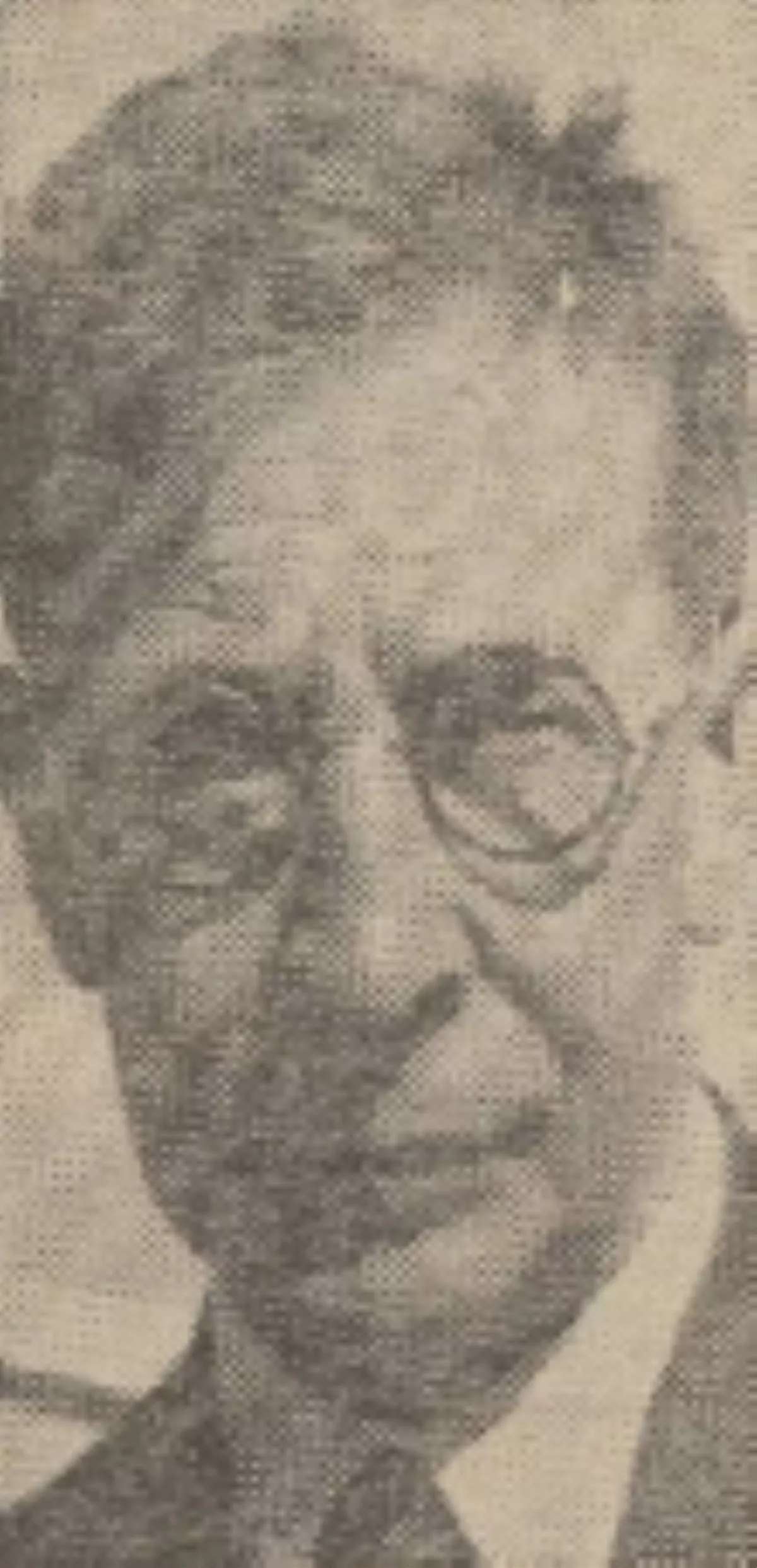 1.
1. John Segrue worked as foreign correspondent for the News Chronicle and its predecessor, The Daily News, for almost 30 years, reporting on current events throughout continental Europe.

 1.
1. John Segrue worked as foreign correspondent for the News Chronicle and its predecessor, The Daily News, for almost 30 years, reporting on current events throughout continental Europe.
John Segrue was captured in 1941, whilst escaping from Belgrade during the German invasion of Yugoslavia, and interned in a German prisoner-of-war camp, where he died as a result of tuberculosis in 1942.
John Segrue's father, who was born in County Kerry, was a financial publicity consultant, director of the City News Agency and former journalist who was, for many years, associated with T P O'Connor in his newspaper enterprises.
John Segrue was educated at the independent St Edmund's College in Ware, Hertfordshire.
In 1910, prior to the outbreak of World War I, John Segrue relocated to the Daily News, proving himself as an extremely competent journalist and working his way up the ranks to become one of the paper's principal war correspondents.
John Segrue became proficient in French and German and, later, in response to his broadening journalistic horizons, Italian and Russian.
John Segrue represented the paper from bases in Vienna, Berlin and Paris, finding himself in Switzerland at the time of the Armistice.
John Segrue had sharply denounced the Allies' Blockade of Germany, labelling it a tragedy, which had resulted in the starvation of children.
John Segrue managed to secure an interview with Karl Kautsky, who had been commissioned to find documents that proved the war guilt of Imperial Germany.
From 1918 into the 1920s, John Segrue continued to report on current events in an ever-changing and politically unstable Europe, spending several years as the Daily News' Berlin correspondent.
John Segrue expanded his coverage into Russia, which was, by that time, undergoing a radical transformation into a socialist state.
John Segrue, who was noted as one of the first reporters to enter Communist Russia, would become well acquainted with the country, undertaking a tour in autumn 1921, during which time he interviewed Russian writer and political activist Maxim Gorky.
John Segrue's article received critical acclaim and was regarded as one of the best examples of reporting in British newspapers that year.
From his base in the German capital, John Segrue began to witness seismic shifts in the political landscape, which he found deeply disturbing.
Into the 1930s, John Segrue continued his work as Berlin correspondent, reporting on such current events as the Reichstag Fire Decree of 28 February 1933, Hitler's actions against the trade unions and the Rohm purge of 30 June to 2 July 1934.
John Segrue produced several scathing reports on the treatment of Jewish people within Germany, whilst financially assisting his Jewish friends, who had been stripped of their livelihoods, and making a point of taking on a Jewish girl as secretary, when she would have otherwise been unable to get work.
Undeterred, John Segrue resumed his work as special correspondent from the Austrian capital, but his relative safety in Vienna was short-lived.
The annexation of Austria on 13 March 1938 led to John Segrue's incurring the wrath of the Nazi party.
The new administration placed significant pressure upon the British legation in Vienna to intervene, in an attempt to prevent John Segrue from publishing more of his highly critical articles.
At the outbreak of World War II, John Segrue was in the Balkans.
John Segrue was present during Operation Retribution, the April 1941 German bombing of Belgrade, where David Walker of the Daily Mirror saw him calmly writing his dispatch by a blown-out hotel window.
John Segrue was listed twice: once by his journalistic nom de plume 'J.
In Belgrade, John Segrue was informed that the final escape transport was departing the city, but he refused to leave, insisting that he finish his story first, to the disbelief of the messenger.
John Segrue instead planned to travel to Budapest in order to reunite with his wife, Eveline.
John Segrue made his way to Sarajevo, after managing to catch the last train from Belgrade, then attempted to join a British convoy, but he was told that there was no place available for him.
John Segrue decided to continue his journey to Budapest, travelling via Zagreb, then the capital of Independent State of Croatia, but was captured there by the Germans on his arrival.
John Segrue was then sent to a German prisoner-of-war camp.
At the time of his imprisonment, John Segrue was already nearing 60 and not physically robust.
John Segrue was interned in Stalag XIII-A, Lower Silesia, where he developed tuberculosis.
John Segrue's death was reported in several newspapers of the time, including The New York Times.
John Segrue was buried in Rakowicki Cemetery in Krakow, Poland.
In 1981, John Segrue was posthumously given an award by the Guild of Jewish Journalists.
John Segrue was married to Eveline Baker, a hospital nurse, with whom he had 2 sons, who entered the journalistic profession.